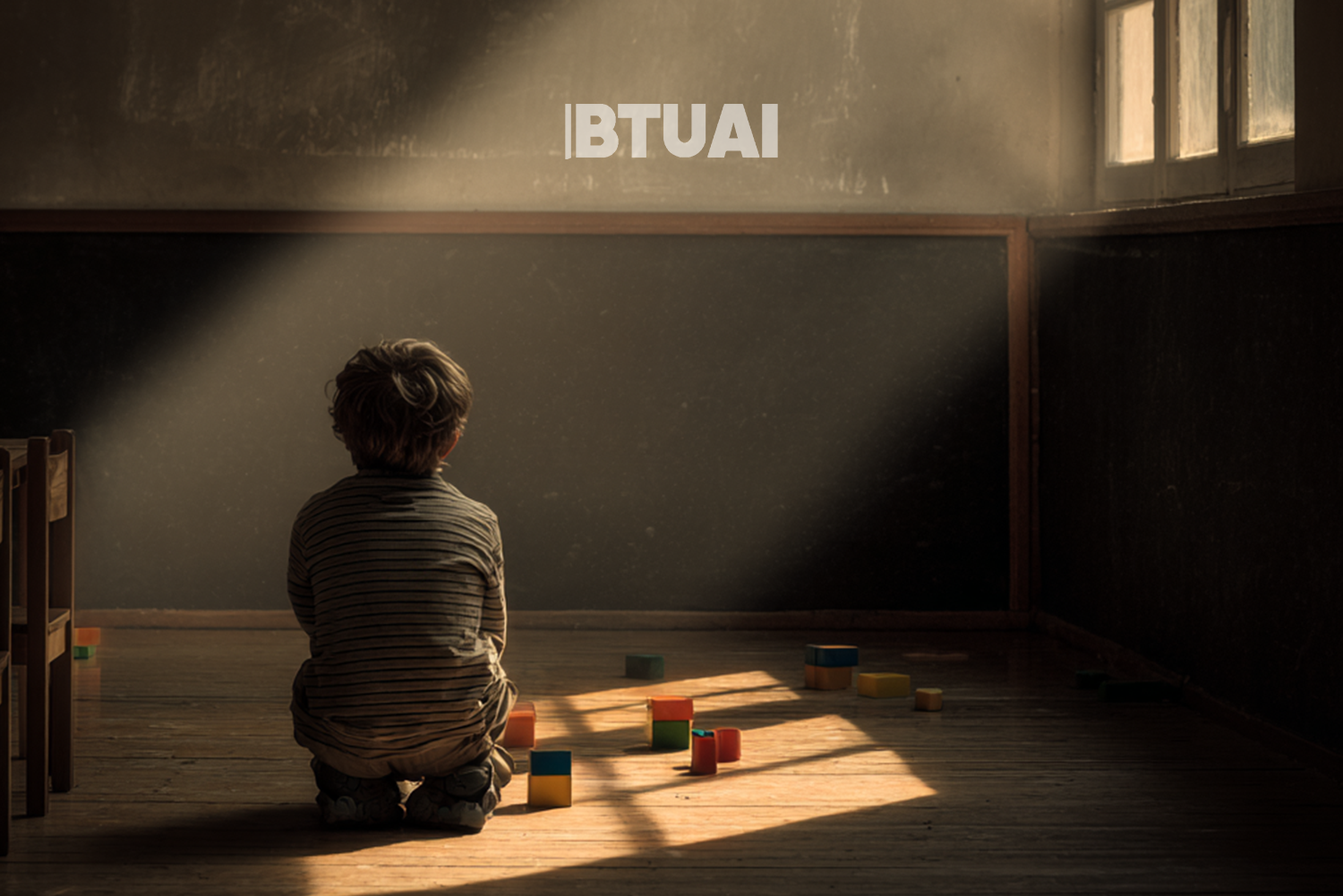Child Poverty in Georgia: Risks and Trends
Children remain among the most vulnerable groups affected by poverty in Georgia. While overall poverty rates have declined in

Children remain among the most vulnerable groups affected by poverty in Georgia. While overall poverty rates have declined in recent years, the situation for children presents a much deeper and more structural challenge. Even as the economy grows, the daily reality for many children still reflects significant deprivation that simple income measures cannot fully capture.
According to the National Statistics Office of Georgia (Geostat), in 2024, the absolute poverty rate among children under 18 stood at 12.1% (Geostat, 2025). This means that roughly one in eight children still lacks even the most basic level of consumption needed to meet minimum living standards. Although this figure has dropped compared to previous years, poverty among children remains higher than in any other age group, showing how strongly children continue to bear the pressure of economic hardship.
But poverty for children is not only about lacking money. A child’s well-being is influenced by many other factors: access to quality education, healthcare, proper nutrition, hygiene, and stable emotional and social environments.
According to UNICEF’s Multiple Indicator Cluster Survey (MICS 2022), about 37.8% of children in Georgia experience deprivation in at least three out of sixteen basic needs categories (UNICEF, MICS 2022). This means that nearly 4 in 10 children lack critical necessities such as food, hygiene, learning materials, or proper clothing. The situation is even more severe in rural areas, where 47.1% of children face multidimensional poverty, compared to 31.2% in urban areas (UNICEF, MICS 2022).
Education access is one of the most pressing challenges. According to UNICEF data, around 45% of children lack essential school supplies, which not only affects daily learning but can also have long-term consequences for their future employment and social integration (UNICEF, MICS 2022). In addition, 35% of children do not receive daily meals at school — a service that is especially critical for families with limited financial resources.
Healthcare presents additional risks. UNICEF reports that approximately 29,000 children in Georgia lack access to basic handwashing facilities with clean water and soap, increasing the risk of infections and diseases (UNICEF, MICS 2022). Furthermore, 12% of children have unmet medical needs, and nearly 5% cannot access necessary medication (UNICEF, MICS 2022).
The consequences of child poverty extend far beyond immediate financial struggles. According to UNICEF’s 2021 analysis, children raised in poverty are at greater risk for developmental delays, emotional difficulties, mental health problems, and long-term health conditions (UNICEF, 2021). Persistent deprivation during childhood often creates lifelong disadvantages that affect education, employment opportunities, and overall well-being.
Although the government has made some important steps to address child poverty — such as increasing financial assistance and expanding targeted social programs — these efforts remain insufficient. Between 2015 and 2017, Georgia significantly reduced extreme child poverty, dropping it from 16.8% to 6.8% (UNICEF, 2019). This marked real progress, but the pace has slowed since, and the current data suggest that deeper, more systemic solutions are required.
Child poverty cannot be addressed through financial support alone. It demands comprehensive and long-term policies that include improving infrastructure, ensuring quality education, expanding healthcare access, and promoting full social inclusion. Every child must have the real chance to grow, learn, and thrive — not simply survive.
In the end, child poverty remains one of Georgia’s most serious social issues. Its solution requires more than just economic growth — it demands targeted, holistic policies that ensure every child in Georgia has a fair chance at a full and healthy life.




